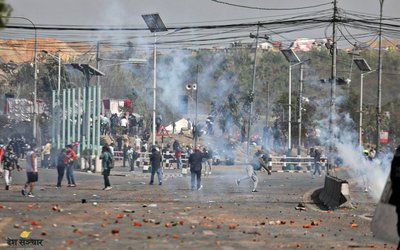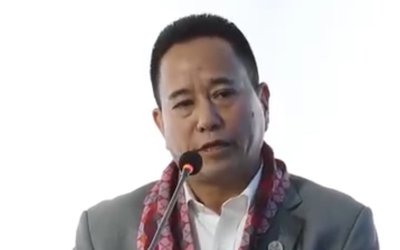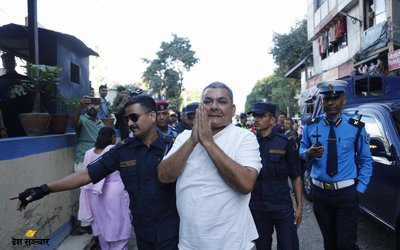
The fifth round of Nepal-India Eminent Persons Group (EPG) meeting has concluded as Nepal continues on its political transition, all set to hold two important elections, of provincial and national levels. The Nepali delegation members of the EPG have revealed that they discussed many issues of bilateral relations, including the treaty of 1950. Treaty or no treaty, Nepal, and India share over 1600 kilometers of border. There are so many cultural and religious commonalities between the two countries. The treaty binds the official relations, but there are other ties, which are more important than the formal treaty. Surrounded by the natural border, crossing thousands of streams and rivers, giving the peoples pain as well as gain, Nepal-India relations are unique.
Thousands of people, wild animals and even domesticated animals of one country enter into another. In this geography, which features so much of diversity, one cannot expect that a team consisting of a few Nepali members can address all the issues. So far as the agenda is concerned, no treaty can satisfy all. Nepal-India Treaty of 1950 is the same. One of the often ignored but important parts of the so-called “unequal’ treaty are the recognition of Nepal as a sovereign, independent and equal nation and it is equally applicable to both the nations. However, some Nepali intellectuals, particular communists see that the 1950 treaty was signed by Mohan Sumsher Rena to retain his power and it is unequal. Although Nepal and India have formal mechanisms at the foreign secretary level to address the bilateral issues, political leaders rarely rely on this channel led by seasoned and career diplomats of Ministry of Foreign Affairs. Besides, the prime minister has his own political channel. With no accountability, giving huge responsibility to a group like EPG is hard to justify. Career diplomats of Ministry of Foreign Affairs should be given the full responsibility to handle the issue.

Keshab Poudel
Poudel is the editor of New Spotlight Magazine.
- POLITICAL VIOLENCE: Culture of Impunity
- Apr 11, 2025
- PM OLI MEETS PM MODI: No Progress
- Apr 09, 2025
- PM OLI’S THAILAND VISIT: Flip Flop
- Apr 08, 2025
- FM Dr. Deuba’s India Visit: Mission Aborted
- Mar 26, 2025
- AMBASSADOR MAEDA TORU: Warm Regards
- Mar 24, 2025















